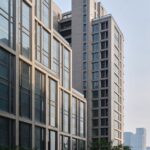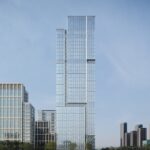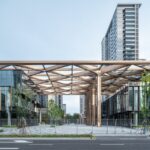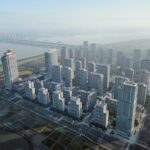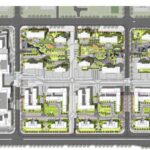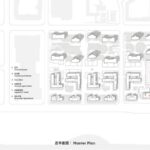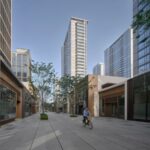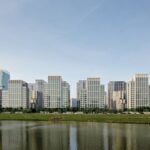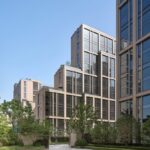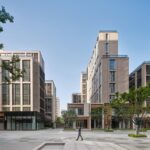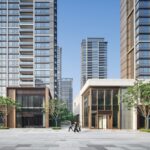Transformative Design: Hangzhou Asian Games Village
The Hangzhou Asian Games Village, designed by GOA (Group of Architects), is a monumental project constructed for the 2022 Asian Summer Olympics in Hangzhou, China. Comprising the Technical Official Village, Athlete Village, and Media Village, this architectural marvel reflects a fusion of local heritage and international innovation, setting a new standard for community development.

Context and Location
Situated in the Xiaoshan District near the Olympic Sports Center and Qianjiang Century City, the Technical Official Village is strategically located amidst urban resources and natural landscapes. Beyond its role during the Asian Games, the village is envisioned as a dynamic international hub, blending local and global elements to shape Hangzhou’s future communities.
Design Philosophy
The design draws inspiration from Hangzhou’s natural environment, including mountains and tea fields, translating these elements into modern architectural language. Abstract geometric forms integrate regional characteristics with international aesthetics, reflecting the project’s aim to establish a harmonious blend of tradition and innovation.
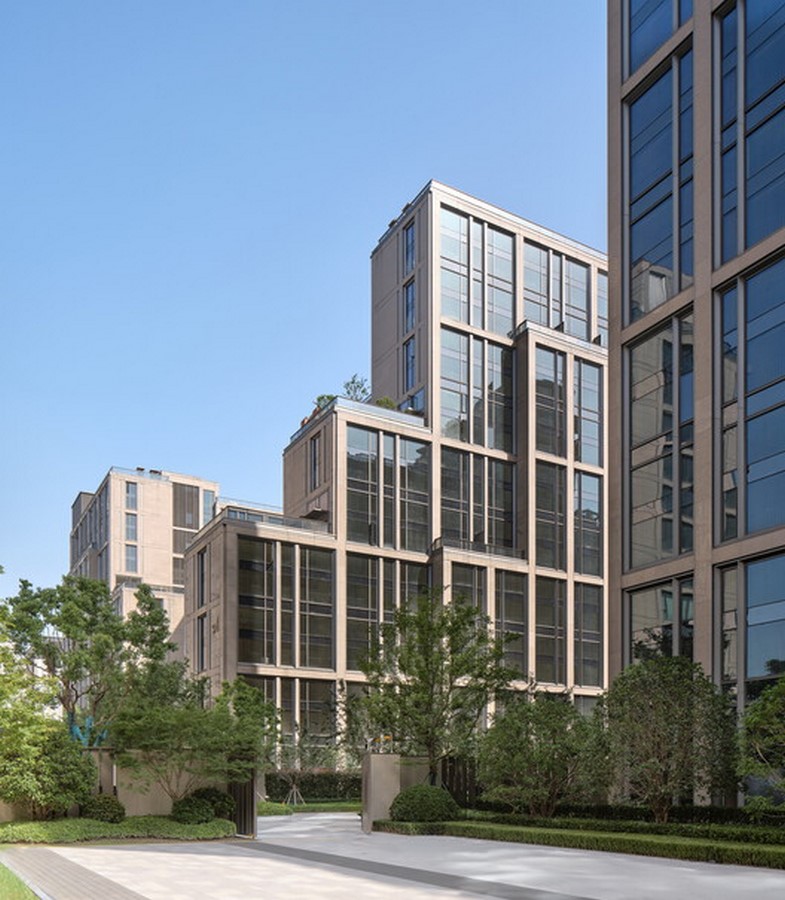
Urban Planning
Departing from traditional Chinese urban layouts, the design proposes smaller blocks and a denser road network to foster a vibrant community environment. This pedestrian-friendly approach echoes Hangzhou’s historic alleys, promoting diverse living scenes and a dynamic streetscape that encourages social interactions.
Architectural Integration
The site is divided into parcels to form relatable communities on a human scale, with buildings positioned to create a central public park. Circulation connects various public gardens, mimicking Hangzhou’s meandering streets. Deliberately misaligned buildings open the central garden to surrounding nature, maximizing landscape perspectives and solar access.
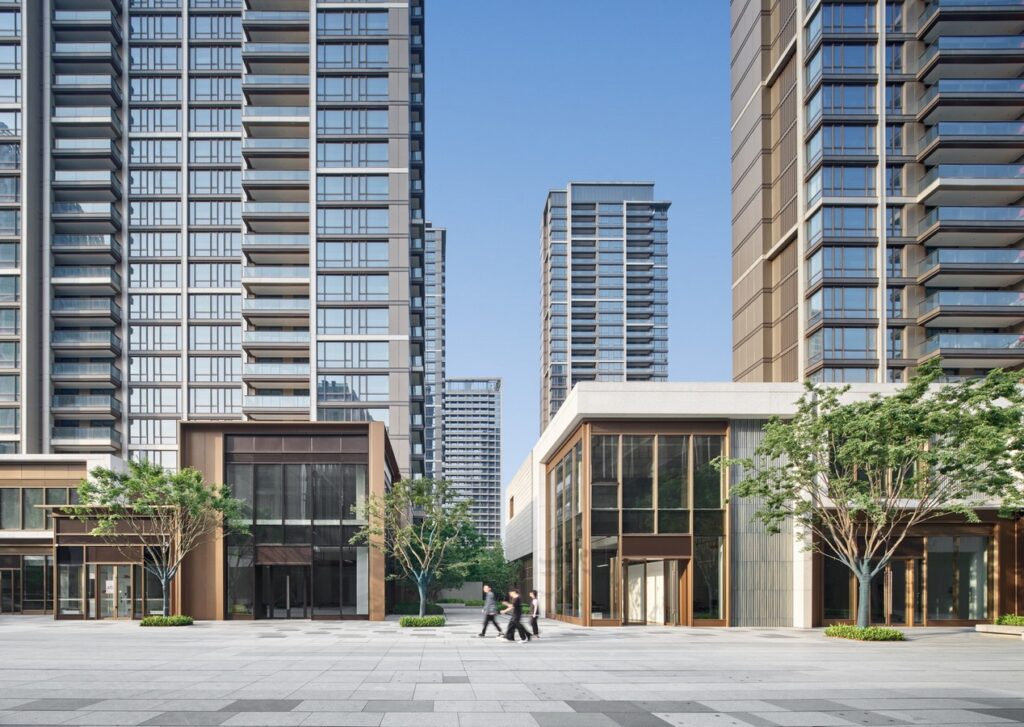
Architectural Expression
The Technical Official Village features a mix of super-high-rise and high-rise residential buildings, each integrating contemporary and traditional architectural expressions. Glass curtain walls and stone elements evoke natural imagery of peaks, streams, and tea gardens, creating a serene and refreshing ambiance.
Innovative Features
The super-high-rise apartment building incorporates atrium gardens on every fourth floor, reminiscent of traditional Jiangnan Gardens. Lower apartment buildings integrate indoor and outdoor landscapes, offering residents open communal areas flooded with natural light and fresh air.
Conclusion
The Hangzhou Asian Games Village exemplifies transformative design principles, seamlessly blending regional heritage with global innovation. By prioritizing community engagement, sustainability, and architectural integration, this project sets a new benchmark for inclusive and visionary urban development in Hangzhou, China.

